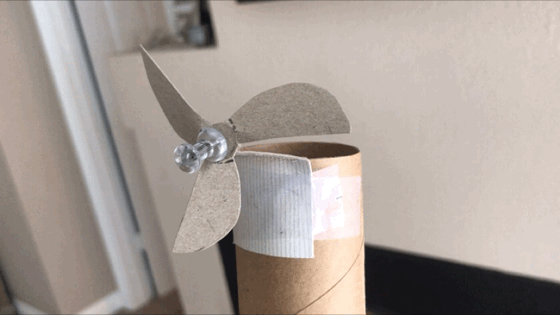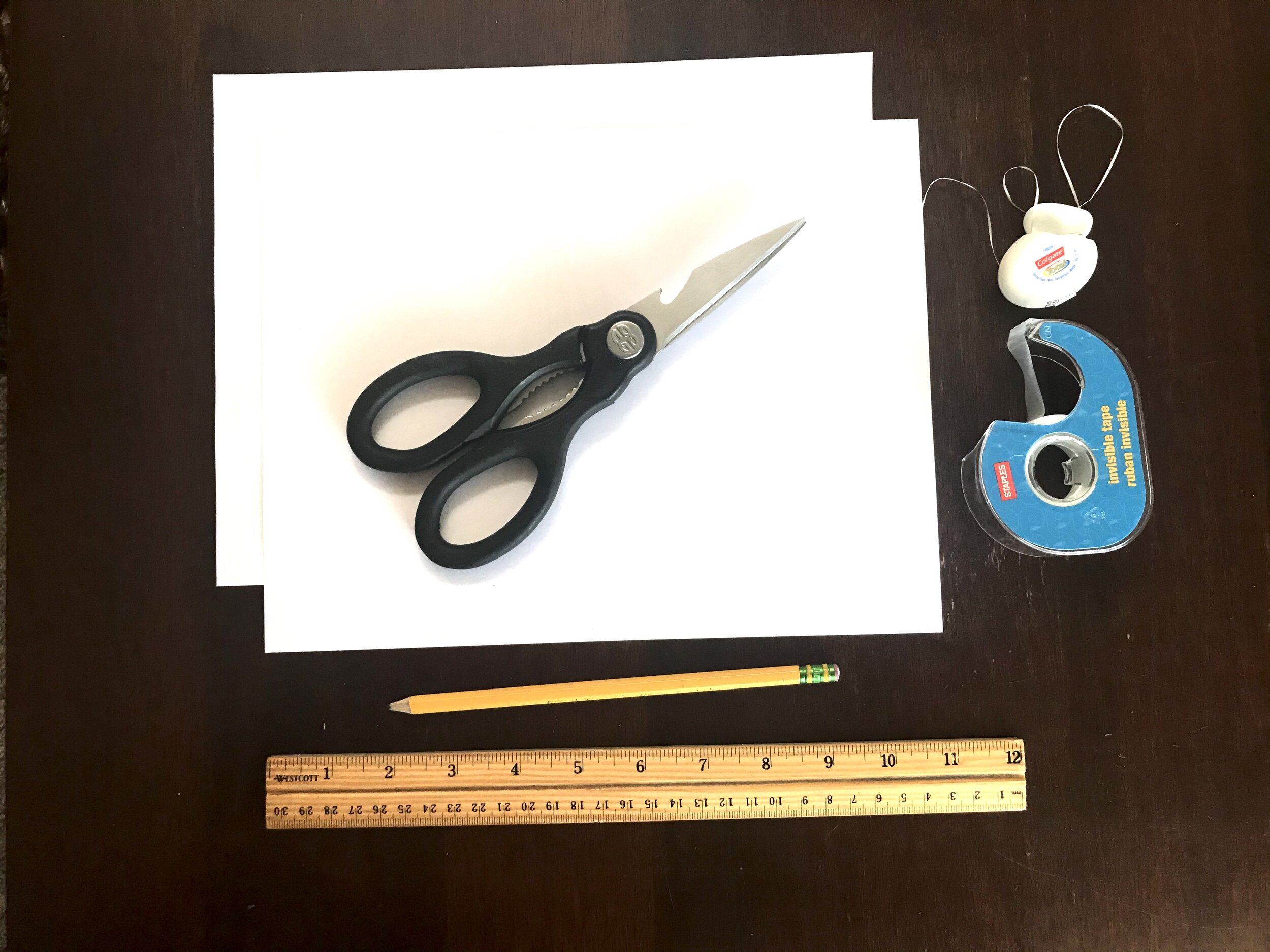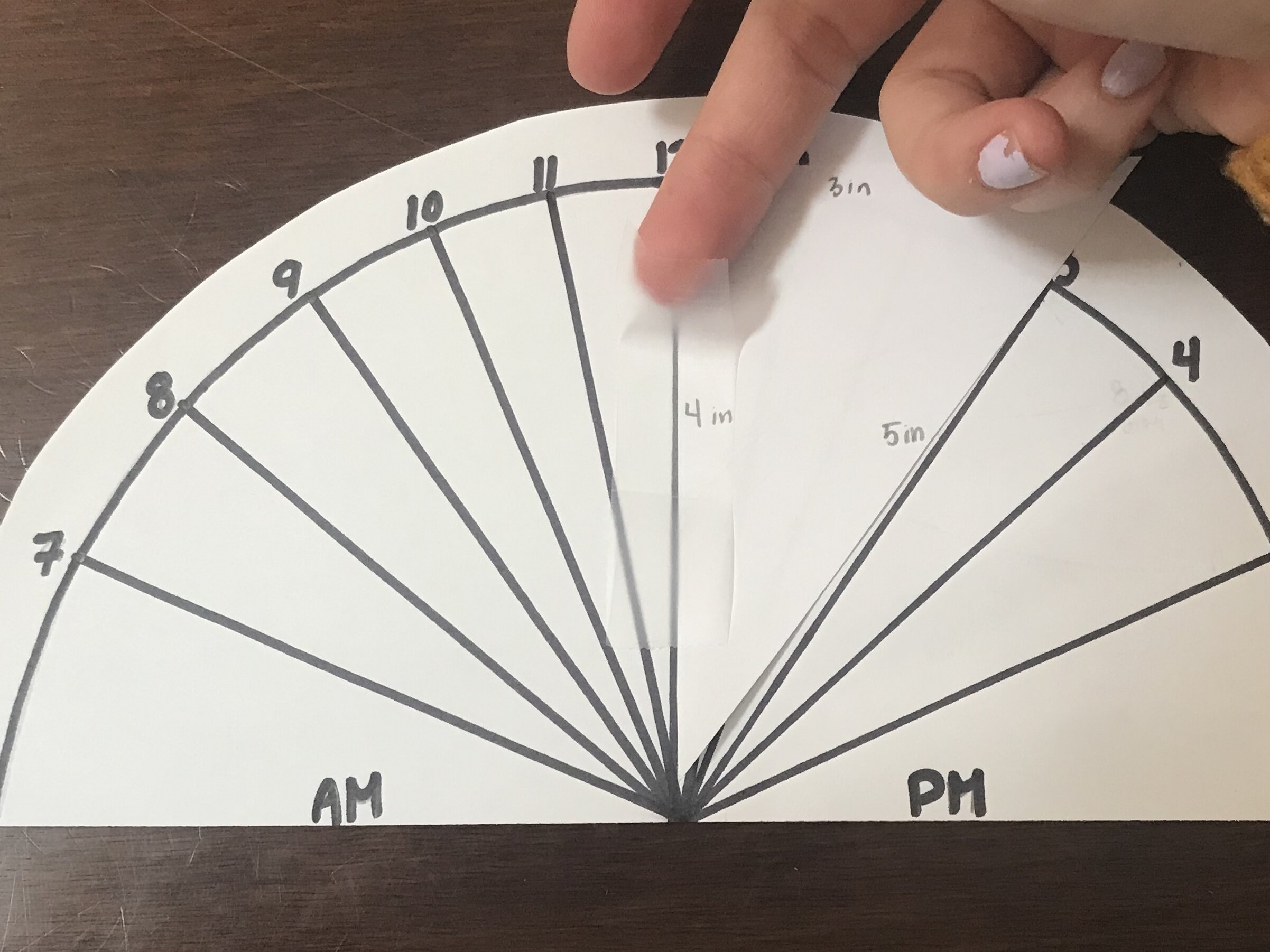Welcome to Change is Simple’s Online Learning Platform!
Overview: Today we are going to be wrapping up our renewable energy lessons! Today you will learn all about wind power and then do an activity where you will build a wind turbine at home!
Grade Level: 4-6
**For younger students, ask a friend at home for assistance!
Theme: Energy Conservation
Supervision needed? No
Essential Questions:
What does renewable energy mean?
How does wind power work?
Materials Needed:
Recyclable items found on your home!
Tape or glue
Scissors
Pencil
Pin or tack
Standards:
Review
We learned a lot of information about our renewable energy sources and why they are so important from the two previous lessons. Let’s see how much you can recall! Answer the following questions before continuing.
Question 1: Define renewable energy source.
Question 2: What are fossil fuels?
Question 3: What types of structures/machines/technology works to help us harness energy from the sun and water?
Activity
In this activity, Change is Simple challenges you to get creative and make a wind turbine out of recyclable materials you have in your home! This means yours will be personalized and unique based on the materials you choose.
Materials:
Recyclable items found on your home!
Tape or glue
Scissors
Pencil
Pin or tack
*** Depending on the material you have available, the activity instructions and material list might not match so get creative with how you make yours!
Step 1: Locate and clean recyclable items of choice.
Make sure they are washed and ready to use!
Step 2: Brainstorm what design you can make out of your materials.
Parts:
Stand / tower
Blades
Try to think about what items you have that would be best for each.
Step 3: Using the material you chose for the blades, draw and cut the shapes you will use for the turbine.
Be sure to have all the blades connected in the center for the next step.
Fold the blades down as pictured. This will help the blades catch the wind and rotate!
***The blade shape pictured are modeled after the standard shape for wind turbines used in real life, but many different shapes will work for this activity. Try experimenting with different shapes to see if it will work!
Step 4: Poke a hole through the center of your blades using the pin or tip of pencil.
The blades should fit loosely in the hole made so that they can rotate.
Step 5: Using the extra material from your blades, cut a piece of material in the pictured shape and fold.
This will be used to connect your blades to your stand!
*If you need to make your stand by folding, cutting, or constructing do that before this step!
Step 6: Poke a hole through the very top triangle and attach it to your stand using glue or tape.
Step 7: Reassemble the turbine by putting the blades on the tack and attaching it to the stand.
Leave room between the stand and the end of the tack (as pictured) so that the blades can spin.
Step 8: And done, you made a wind turbine! Place it in front of a fan, wind source, or blow on the turbine blades to see it in action!
*** Yours will most likely look different than the activity example depending on the materials you have available and that is totally awesome and encouraged! We would love to see the design you come up with!
Reflection
Awesome job this week! Here are some important take aways from this week’s lessons:
Renewable energy sources are those which will never run out or be depleted and are healthy for the environment.
Renewable energy is energy harnessed naturally from the environment (sun, water, wind).
Using renewable and clean energy sources prevents pollution and excess carbon dioxide emissions.
Renewable energy sources replace the use of burning fossil fuels which are harmful to the environment.
Making the transition to clean energy sources that benefit not only us, but the planet is what will help make our future a brighter place. The use of solar panels and hydropower turbines to power our energy grid lowers our carbon footprint (the level of carbon dioxide emissions we are responsible for) and the amount of pollution we produce. This is because when we are using clean energy we are not burning fossil fuels and polluting the environment. When there is less pollution and carbon dioxide in the air, our environment is healthier and so are we! If something has harmful effects on environment, it probably isn’t beneficial to our health either.
With today’s technological advancements, the transition to renewable energy has never been easier. This hopefully means we will be transitioned to clean energy sources in no time! But to do so, we all need to do our part in understanding why is important to use renewable energy sources and begin to take actions to help the environment in our daily lives. See how many answers you can brainstorm to the following questions!
Why is it important to use clean and renewable energy?
What does a healthy environment look like to you?
What are the benefits of having a clean environment to live in?
What actions can you start taking today to reduce your impact and help the environment?























